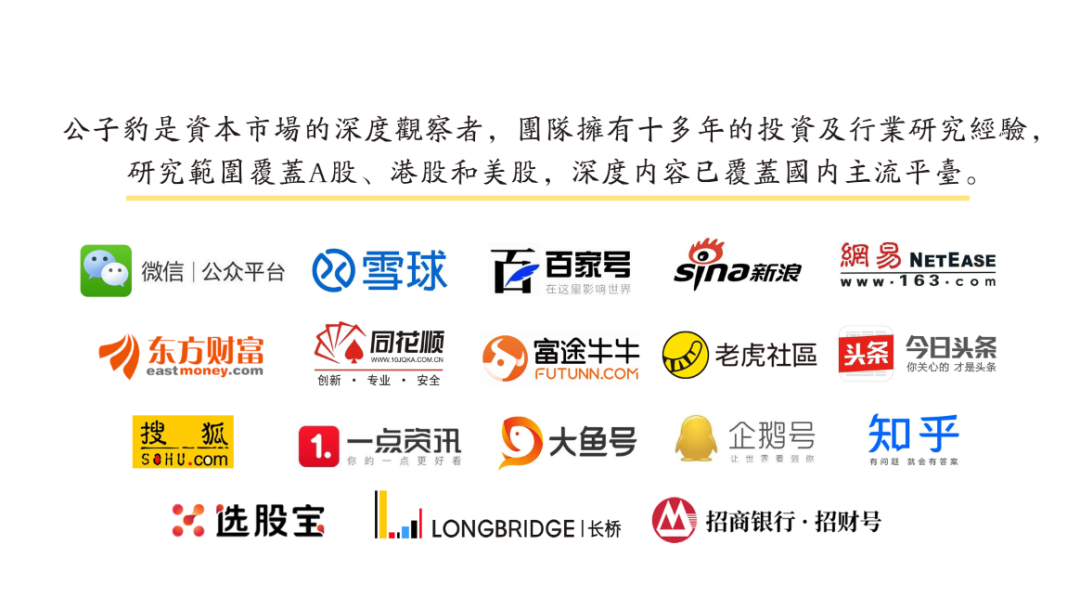Shipbuilding is a big cycle, and the mismatch between supply and demand is the main reason for the shipbuilding cycle. From peak to peak, shipbuilding output usually changes several times.
The environmental protection requirements of aging ships + carbon emission reduction are the main logic. He is weakly correlated with global trade volume and industry prices.
At present, the civil shipbuilding industry has entered a new cycle of upward phase, showing a state of rising volume and price.

01
explosion of demand
The shipbuilding industry goes through a major cycle every 20-30 years on average. The demand cycle, the replacement cycle of ship age, and the environmental protection convention are the three major factors.
From 2000 to 2010, it was a 10-year cycle of continuous delivery of shipping capacity in the shipping industry. After my country’s financial crisis in 2008, orders began to decline, but the delivery volume began to decline from 2010.
Now that 20 years have passed, these ships are getting older and insurance premiums are going up. In addition, now the International Maritime Organization and European countries have higher and higher environmental protection requirements for docked ships. It is no longer possible to burn diesel fuel. Now, it is necessary to change to a dual-fuel power system to meet the emission reduction requirements.
After 2030 and 2035, environmental protection standards will be further improved. Now the power systems of these ships, such as the diesel power systems delivered 20 years ago, are difficult to meet the standards after 2030 no matter how they are modified, which will accelerate the replacement of existing capacity.
This means that the last round of delivery peaks began in 2021-2038 and entered the replacement cycle.
The demand for new ships includes three categories: new demand, replacement demand and speculative demand. Among them, the new demand mainly depends on the shipping demand, and the replacement demand is jointly determined by technological progress, environmental protection policies and the renewal of the age of ships.
At present, the high freight rate in the shipping market drives new demand, and the constraints of environmental protection policies are superimposed on the renewal of old ships to drive replacement demand.
The current expansion cycle started in October 2020, with container ships taking the lead, followed by LNG ships, and oil tankers and bulk carriers are expected to take over in the future.
China Shipbuilding said in the survey that the current competition at the level of shipbuilding enterprises is showing the development of competition among advantageous enterprises, and the development of green and intelligent at the level of ship products is accelerated. The structure of new ship orders is also undergoing significant changes at the level of market demand. The shipbuilding industry may gradually usher in a new round of recovery cycle.
02
limited supply
After 2008, the shipbuilding industry was listed as a backward production capacity by the National Development and Reform Commission, and new production capacity was not allowed, only the replacement of stock production capacity.
The global shipbuilding capacity has basically cleared, and it is currently in a tight state. Since the financial crisis, under the influence of factors such as the sharp reduction in orders and the continued decline in ship prices, hundreds of cases of bankruptcy, liquidation, merger and reorganization of shipbuilding companies around the world have occurred, and the process of capacity clearance has basically ended.
In the global competition pattern, China, Japan, and South Korea have three pillars to compete with China and South Korea, and there is no room for capacity expansion in China and South Korea. The supply side is strictly limited, and the demand side has demand for replacement. The scissors gap between supply and demand will become larger and larger.
In 2021, the active capacity utilization rate of the world’s shipbuilding industry will increase significantly year-on-year, reaching 93.9%; most of the world’s new orders in 2022 will be delivered after 2024, and the shipbuilding industry has shown a state of tight production capacity.
Judging from the age of the ship and the environmental protection requirements of the International Maritime Organization, the global ship manufacturing capacity in the next 10 years will be severely limited, and the ship price should reach a record high, thereby driving the profitability of shipbuilding companies.
From the perspective of cost, the price of steel, which accounts for a large proportion, continued to decline after the high level in the first half of 21 years.
Then high-priced ships began to be delivered, and the profit margin of shipbuilding went up, and there was a very good elasticity.
However, the income statement will not be reflected so quickly, and more need to pay attention to the changes in the balance sheet and orders, to predict the changes in the income statement two years later.
In the medium and long term, high-priced orders over the past 21 years provide certainty for upward performance.
In general, as the gap between supply and demand in the global shipbuilding industry expands, the status of shipyards in the industry chain continues to improve, and the report of shipyards will continue to improve in the future.
03
20-year cycle
China Shipbuilding is one of the flagship listed shipbuilding companies with the largest scale, the most advanced technology and the most complete product structure in China.
The company’s subsidiary shipbuilding completion and new orders are at the forefront of the industry. The current orders are full, and the schedule has reached 2026. In the case of rising ship prices, the value of new orders has increased. With the gradual digestion of low-priced orders undertaken before 2020, the company’s performance is expected to usher in greater flexibility; the decline in the price of raw materials such as shipbuilding plates is expected to further increase profit margins; state-owned enterprise reform is also expected to bring catalysis.
In addition, the company’s subsidiaries Jiangnan Shipbuilding and Guangzhou Shipbuilding International are both important military shipbuilding enterprises and are expected to continue to benefit from first-class naval construction.
At present, China Shipbuilding (including Huangpu Wenchong) has 9.36 million CGT orders on hand, of which the orders from 2022 to 2026 will reach 99/347/328/162/90 thousand CGT respectively. beyond 2022.
The shipbuilding industry usually presents a big cycle of about 20 years. With the substantial improvement of China’s shipbuilding strength, LNG ships have made breakthroughs, and the gap between supply and demand continues to expand, which is expected to drive the price of new ships to new highs.
•END•
▼

$China Shipbuilding (SH600150)$ $China Heavy Industry (SH601989)$ $ China Merchants South Oil (SH601975)$ @Today’s Topic
This topic has 4 discussions in Snowball, click to view.
Snowball is an investor’s social network, and smart investors are here.
Click to download Snowball mobile client http://xueqiu.com/xz ]]>
This article is reproduced from: http://xueqiu.com/9210717241/231488221
This site is for inclusion only, and the copyright belongs to the original author.